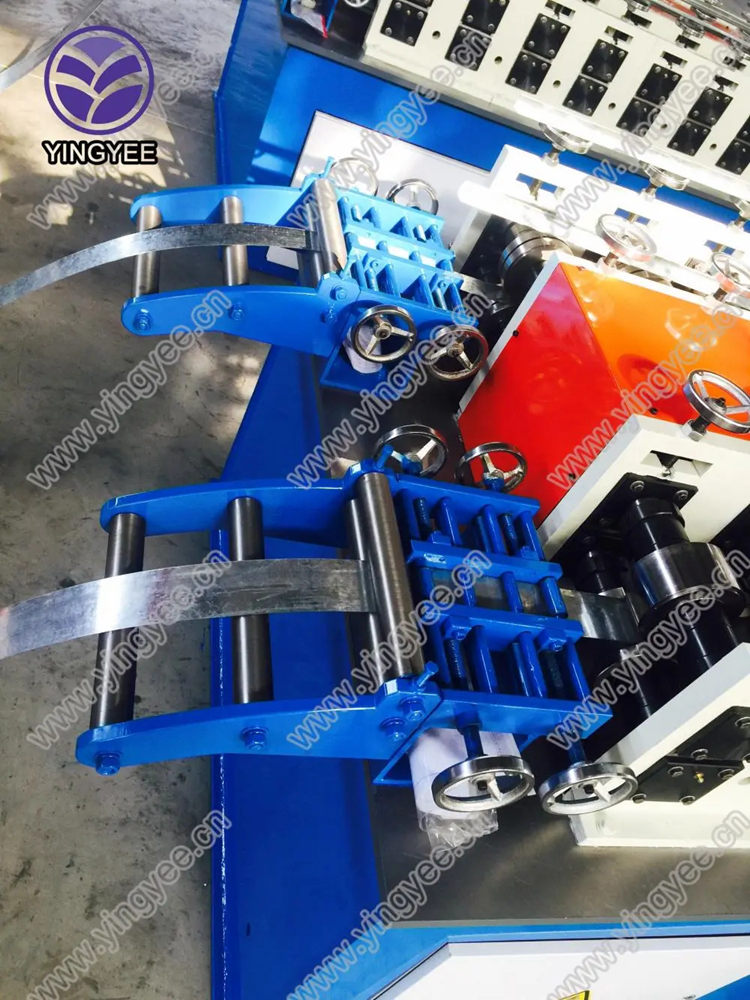Light Steel Roll Forming Machine Revolutionizing Construction
In the ever-evolving construction industry, efficiency and innovation are paramount. One of the remarkable advancements that have significantly changed how we approach construction materials is the development of light steel roll forming machines. These machines are designed to create a variety of steel components with precision, speed, and minimal waste, making them a valuable asset for manufacturers and builders alike.
Understanding Light Steel Roll Forming Machines
Light steel roll forming machines are specialized equipment used to produce steel profiles by transforming flat steel sheets into specific shapes and sizes through a series of forming steps. This process involves feeding the raw material through a set of rollers, which gradually shape the material into the desired profile. The final products are typically characterized by their light weight, high strength, and versatility, making them ideal for a wide range of applications in construction, automotive, and other industries.
Advantages of Using Light Steel Roll Forming Machines
1. Efficiency and Speed One of the primary advantages of light steel roll forming machines is their ability to produce steel components at high speeds. With advanced technology, these machines can manufacture large volumes of steel profiles in a short amount of time, thereby enhancing productivity and reducing lead times in construction projects.
2. Precision Engineering Roll forming machines are known for their superior precision. The automated nature of these machines ensures that each product is manufactured consistently and within tight tolerances. This level of precision minimizes errors and reduces the need for rework, leading to overall cost savings.
3. Material Optimization The roll forming process is designed to minimize waste. By utilizing flat steel sheets and creating specific profiles without significant excess material, these machines contribute to sustainable manufacturing practices. This not only helps in reducing costs associated with raw materials but also addresses environmental concerns related to waste production.

4. Versatility Light steel roll forming machines can produce a wide variety of profiles, including C-channels, Z-sections, and U-profiles, among others. This versatility makes them suitable for different applications, from framing systems in residential buildings to structural components in commercial projects.
5. Enhanced Strength and Durability Despite their lightweight nature, steel components produced by roll forming machines exhibit impressive strength and durability. This is particularly beneficial for construction, where structural integrity is crucial. The use of high-quality steel ensures that the finished products can withstand various environmental stresses.
Applications in Construction
The use of light steel roll forming machines has transformed construction methods across the globe. These machines are commonly employed in creating prefabricated panels, roofing systems, and wall frames. The ability to produce parts in controlled factory conditions allows for faster on-site assembly, reducing construction timelines and costs.
In addition, the lightweight characteristics of roll-formed steel components make them ideal for seismic zones where reduced load on structures is essential. Their strength-to-weight ratio means that buildings can be designed to be both resilient and cost-effective.
Conclusion
In summary, light steel roll forming machines stand at the forefront of modern construction technology. Their efficiency, precision, and versatility make them invaluable tools for manufacturers and builders aiming to meet the demands of today’s construction projects. As the industry continues to evolve, the integration of these machines will undoubtedly propel advances in construction techniques, ensuring that structures are built to last while using resources wisely. Ultimately, light steel roll forming machines are not just changing how we manufacture steel components; they are reshaping the entire construction landscape, paving the way for more efficient and sustainable building practices.